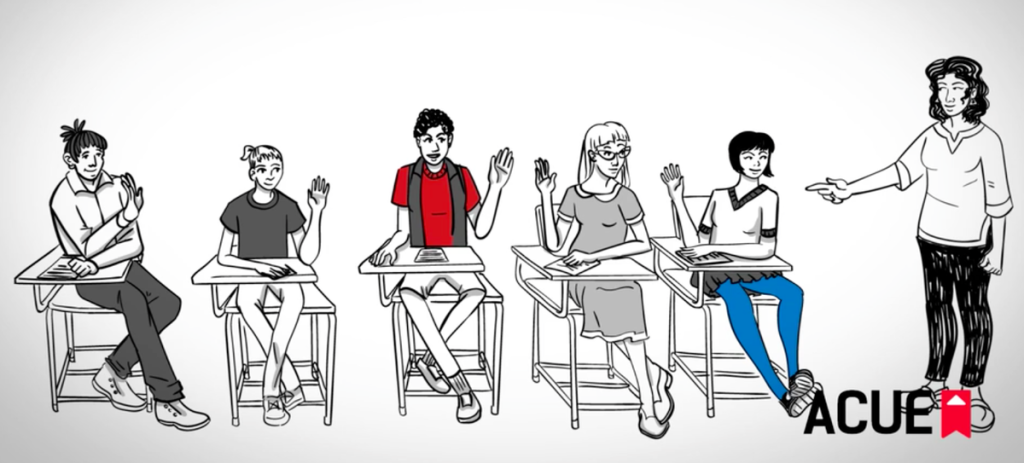
News Roundup: From Active Learning to Learning from Mistakes
This week, new teaching strategies to support students, from active learning to learning from mistakes.
| Sign up for The ‘Q’ Newsletter for weekly news and insights. |
10 Key Points About Active Learning
Students may be just as uncomfortable about active learning as instructors are, Cathy Davidson has noticed, but they always deliver, often exceeding her expectations. Davidson describes other principles she wishes she knew before incorporating active learning into her courses—from how unnatural all learning is to the ease of grading in this kind of course. (Inside Higher Ed)
The Benefits of Doing It Wrong
David Gooblar describes how students’ misconceptions can become a road map that guides instructors on which concepts they should spend more time addressing. He also advocates assigning students to actively make mistakes in particular assignments, because erring becomes more acceptable, and the exercise will teach them the real rules. (Vitae)
Three Ways to Actually Support Nontraditional Learners
Nontraditional students comprise nearly 60 percent of the United States’ undergraduates, according to Laura Ascione. She suggests strategies for meeting the learning needs of these students, who may be older, working full time, financially independent, or military veterans, such as creating more engagement between higher education and the workforce. (eCampus News)
Would Students Retain More if Professors Dialed Back the Pace?
Barbara King discusses a slow teaching approach in which instructors look closely at certain concepts or ideas, rather than cramming too much material into a semester. Citing an essay by Paula Marantz Cohen and an article by Julie Beck, she opines that students may become more enthusiastic about and engaged with the material through this approach. (NPR.org)
What Higher Education Leaders Need to Know About Retention
From student success centers, to building relationships with students, to using mobile apps to track course progress, Education Dive rounds up top strategies to improve student retention in higher education. (Education Dive)
Helping Students See the Connections
Since academic work can feel disconnected when students are taking many different courses, at the end of the semester Laura Behling asks students to share how her literature class has encouraged them to discuss material they’ve learned in other courses. She also tasks them with making broader connections between the material and their lives and larger world. (Inside Higher Ed)
Partner News
ACUE Presents at K-State’s Faculty Exchange Celebration
Kansas State University celebrated the 20th Anniversary of the Faculty Exchange for Teaching and Excellence (FETE) on January 26th. FETE was founded in 1997 by Kauffman Chair Dr. Ann Stalheim-Smith and is supported by K-State’s Teaching and Learning Center. As part of the event, Carmen Macharaschwili, an academic director at ACUE, presented on “Critical Issues for Quality Teaching and Learning: Then and Now,” highlighting K-State instructors’ dedication to supporting their students and commitment to evidence-based teaching as “ACUE Fellows.”
Purdue University Northwest: Associate vice chancellor focuses on impact (Purdue University Northwest Pioneer)
Bonni Stachowiak: Forget ‘Sage on the Stage,’ and ‘Guide on the Side.’ The Challenges Of Teaching In the Trump Era (EdSurge)
Eduardo Padrón: Miami Dade College president earns Amicus Poloniae Award (Miami’s Community Newspapers)

